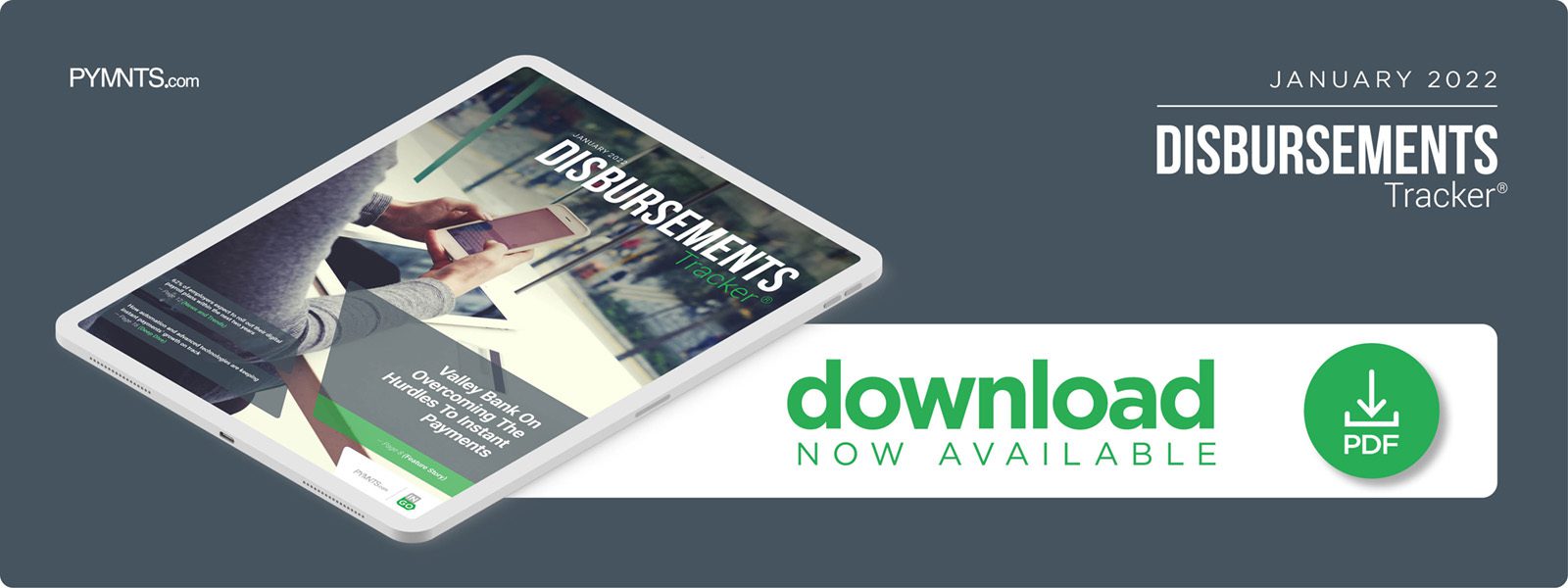Deep Dive: Why Automation and Other Technologies Are Critical to Instant Payments’ Continued Growth

Historically, businesses’ approach to making disbursements has been a manual one: Bookkeepers take notes in ledgers, then send out physical checks, for which recipients must wait without clear confirmation of when these payments will arrive. This antiquated and opaque process was on autopilot for decades until the recent push toward digitization during the pandemic.
The wide distribution of government stimulus checks during the health crisis meant more than 138 million U.S. consumers received roughly 171 million payments worth more than $400 billion by July 2020. With every new stimulus round, however, the pace of the payouts became a topic of conversation. Consumers anxiously awaiting their stipends were left to wonder, “Why can’t I get my funds more quickly?”
This question arose because of digital transformation in other areas — specifically, peer-to-peer (P2P) payments. Thanks to platforms such as Venmo and Zelle, consumers are now more aware of instant payments than ever, and they want access to these options for all disbursements — from stimulus checks and paychecks to insurance claims and loan payouts.
The following Deep Dive examines how instant payment tools are expanding and why automation and related technologies are critical to their continued growth.
Change Is Afoot, and Businesses Are Embracing It
Recent PYMNTS’ research showed that 50% more consumers were aware of instant payments in 2021 than in 2020, with millennial and Generation Z consumers leveraging the technology most frequently. Approximately 79% of Gen Z consumers and 75% of millennials in a recent study reported using a P2P payment app one or more times a month, revealing the obvious difference between instant payment options and slow-paced stimulus checks. PYMNTS’ research also showed that 46% of consumers polled this year would choose instant payments if given the option, and 33% of those who received disbursements would pay extra for instant payouts.
Realizing that the market’s preference is shifting toward instant payments, the financial services and insurance industries are pushing for digital transformation that allows for more seamless money transfers. The pandemic certainly has been a key impetus for this development. As early as June 2020, 81% of surveyed corporate decision-makers believed that instant payment options would dramatically transform how business is conducted, and 66% foresaw that instant digital payments would allow them to stop accepting and distributing cash and paper checks altogether.
In the quest to streamline customer experiences, businesses also discovered the bottom-line value in faster payments processing. Apart from realizing savings on materials such as envelopes, postage stamps and paper checks, businesses recognized that a completely digital process could allow them to conduct accounts payable (AP) activities more easily, report on cash flow more accurately and simplify collecting and posting funds to clients’ accounts.
These benefits have resonated with business leaders, who also said a bank’s ability to provide instant payments was the second-most important reason for choosing a banking partner — right behind a bank’s ability to provide solutions throughout the business life cycle. A Federal Reserve survey revealed that by the second half of 2020, three out of four businesses considered it essential to offer faster payments. Nine out of 10 firms anticipated being able to make and receive such payments — including instant ones — within three years.
Technologies Driving the Instant Payments Revolution
Updating the technology infrastructure to reach faster payout speeds opens the door to automation, which can help financial institutions (FIs) maintain a healthy revenue stream. Companies leveraging artificial intelligence (AI) and machine learning (ML) in their payments systems may also unlock the product strategy that differentiates them from competitors.
More than 90% of businesses consider real-time notifications an important feature of payments systems, for example. Automated alerts include notifications and payment tracking so both payees and payors can receive notice when the invoice has been received, when the payment is processing and when the funds are available.
AI-driven tools also can simplify instant payments data collection, analysis, decision-making and monetization. Pre- and post-payment data processed in this way can generate actionable insights FIs can use to manage liquidity, offer new services and expand their customer bases.
Each iteration of digital transformation and automation continues to push companies’ infrastructure to new capabilities. As a result, organizations can reap new benefits, ranging from reduced operational overhead to improved customer satisfaction and greater loyalty.
